Importing Adobe Illustrator AI Files Into Prolase Laser Software
It seems as though most graphic artists these days are using Adobe Illustrator as their graphics...
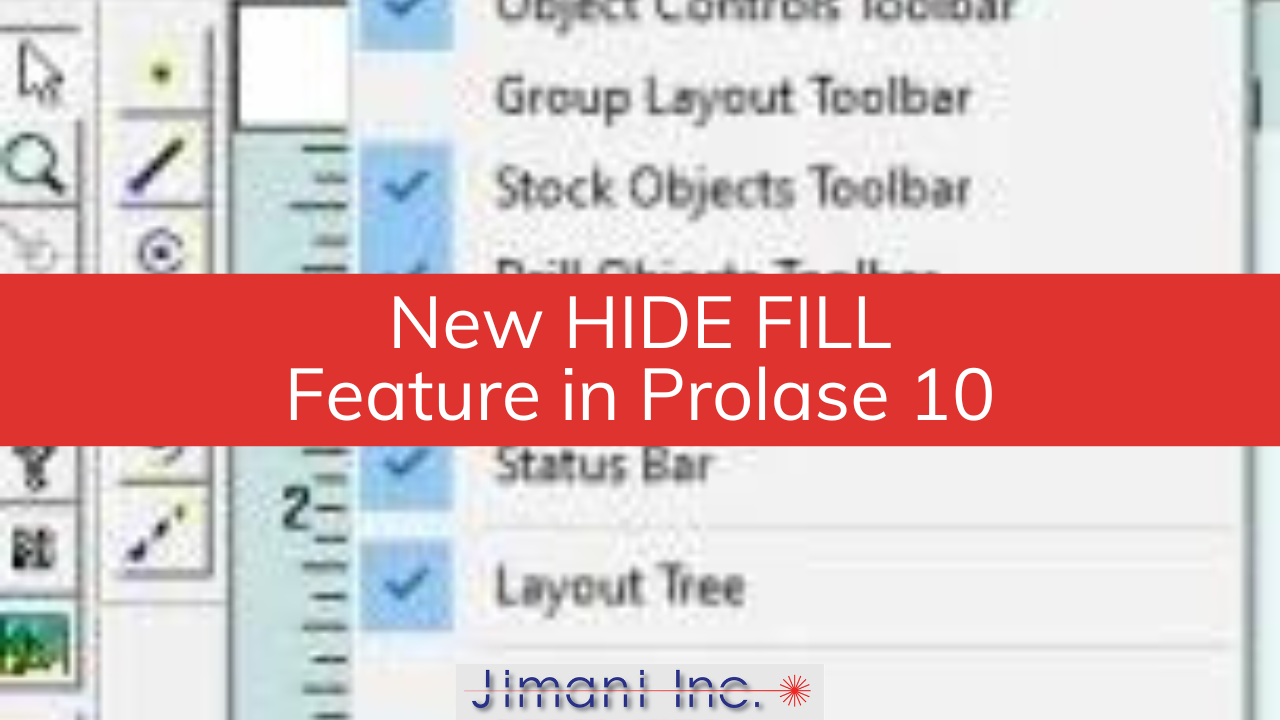
When a marking file is created in Prolase, outlined objects such as text or graphics must have “fill” lines added to them in order to mark them as solid objects rather than outlined objects. The image below is an example of outlined marking objects without fill added to them.
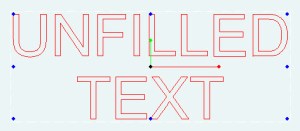
In order to get those objects to burn as solid objects, fill lines must be added to them. See the image below.
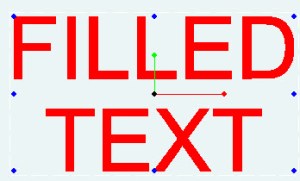
Adding fill to a marking object in Prolase, or any other vector marking program for that matter, can increase the size of the marking file by adding hundreds, if not thousands, of individual vectors lines that must be redrawn every time a filled object is moved, rotated or resized.
The image below has been magnified to show the multitude of individual fill lines in a single letter.
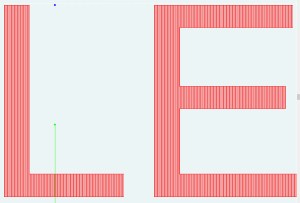
Cross hatched fill patterns can increase the number of individual vectors even more, as shown below.
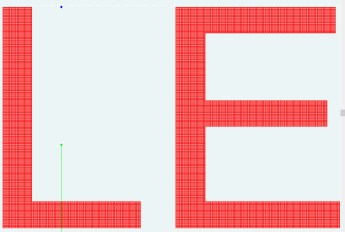
With large marking files consisting of many marked objects with thousands or even tens of thousands of vector fill lines, repositioning and resizing marking objects and then redrawing them in real-time can overwhelm the computer's resources and cause terribly slow and sluggish operation.
Accurate repositioning or resizing becomes impossible if the computer's graphics capability can’t keep up with the task of redrawing all of those vectors in real time. For reasons that only Microsoft understands, Windows 10 redrawing capability is slower than Windows 7 redrawing capability.
A feature of Prolase is the HIDE FILLS tool accessed from the VIEW menu.
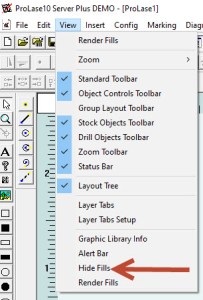
When HIDE FILLS is enabled, only the outlines of the marking images are visible and the graphics capabilities of the computer are only burdened with redrawing those outlines whenever objects are repositioned or resized.
Even though only the outlines of the objects are visible, the actual fill lines are still present and will be marked whether or not HIDE FILLS is enabled. The net result is that regardless of how many fill lines are present in the marking objects, real time redraws are fast and crisp.
It seems as though most graphic artists these days are using Adobe Illustrator as their graphics...
Rotary marking with a galvo-driven laser system can be accomplished in one of two ways. The simple,...
Generally speaking, there are two flavors of laser marking systems: Steered Beam and Flying...